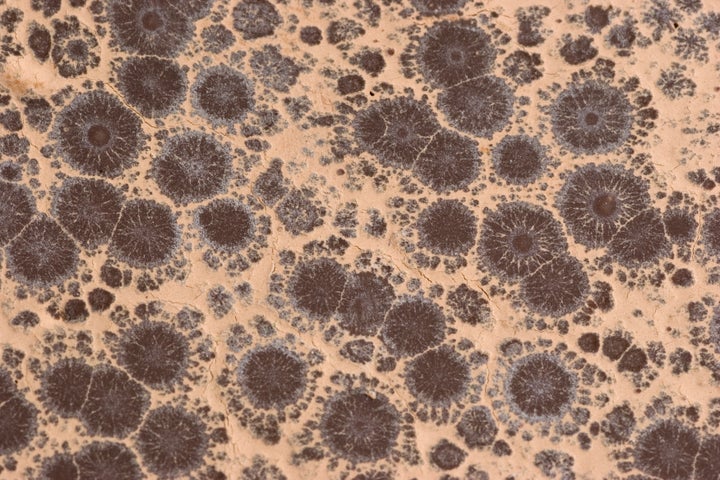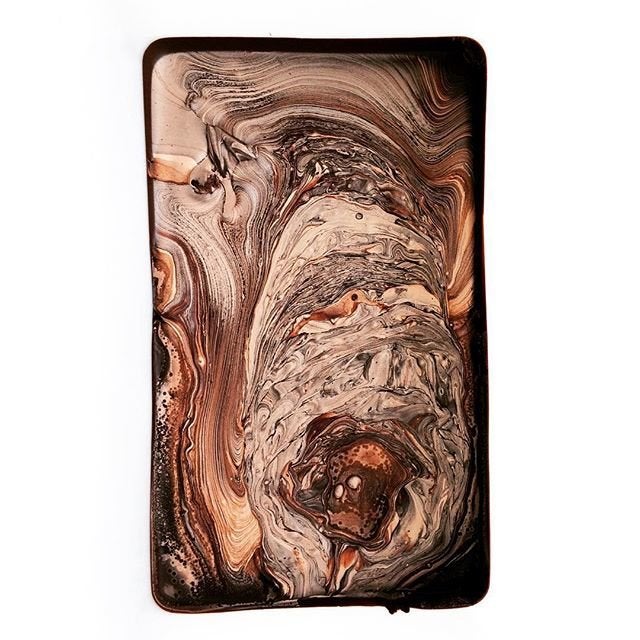
Ahh, chocolate ― that beloved, delectable treat we repeatedly remind ourselves is good for us. There’s so much to love about it: the way it melts into brownies, how it bakes into the best cakes around, or even its ability to beat a grilled cheese in the sandwich game.
But sometimes, on the saddest of days, when we unwrap our chocolate bar, we find to our horror that it’s been taken over by a white, unappetizing coating. And instead of looking like something we can’t wait to bite into, we see this:

That white powder or film is likely fat bloom or sugar bloom. And we can all agree that it does not look pretty. But these ominous sounding blooms have not destroyed the chocolate. Sugar and fat blooms are totally safe chemical changes that happen in chocolate for a number of reasons.
Sugar bloom occurs when chocolate is exposed to excess moisture. Sugar soaks up moisture. So if chocolate is stored in warm or moist conditions, the sugar will get wet and dry on the surface of the chocolate as fine crystals. As it dries, it covers the chocolate with a dry, spotted, white powder coat. Luckily, sugar bloom can be prevented by simply keeping chocolate away from moisture and storing it in a cool, dry spot.

Fat bloom happens when the fat in the chocolate moves to the surface. It sometimes occurs because of storage ― temperature fluctuations can cause the fat to migrate to the surface ― but it is usually a result of mistakes made during the chocolate tempering process. To temper correctly, the temperature of melted chocolate has to be steadily raised and lowered to create uniform cocoa butter crystals. If this is done incorrectly, cocoa butter crystals will form in different sizes.
Other culprits of fat bloom include filling chocolate with a cold filling, or making the chocolate with a cheaper fat than cocoa butter (sometimes done in lesser quality chocolates).
So, if you want to avoid bloom all together, go for quality chocolate and store it well.
If you’re not thrilled about eating chocolate that has already bloomed, consider it turning into fondue ― once melted, it all looks the same. Plus, you get to dip strawberries and cake pieces into it.